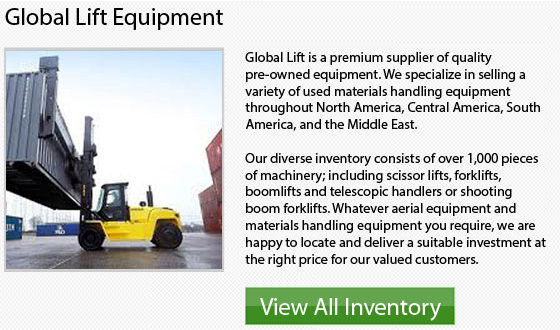
There are 7 different classes of lift trucks offered on the market. Some categories, including IV, III, II and I are specifically engineered and designed to be utilized indoors on smooth surfaces. They may be selected for specific aspects of recycling that occur in those kinds of settings. For more intensive outdoor recycling applications, Class VII and V forklifts are typically utilized.
A lot of businesses have several or all of their applications outside and have to deal with workloads considered extreme. Their lift truck selection will gravitate toward IC or Internal Combustion machines in Class V and Class VII. These models work well in any climate and have enough power to run heavy objects during the course of a shift.
Operating a lift truck safely is one more important factor to take into consideration. Knowing and acknowledging the center of gravity is necessary when operating a forklift, particularly when traveling on uneven terrain. Recognizing the stability triangle in these tough work situations is also very important.
Manufacturing operations, warehouses, and the supply area for many textile firms could have various types of reach trucks. Using a reach truck to store finished merchandise on pallets, a range of materials and other pieces of machinery is common. These kinds of machines help in keeping a facility organized and allow them to use the maximum amount of area by stacking vertically. Reach trucks are quite simple to utilize. They could help make better use of both available storage space and time.
If you are going to be utilizing your forklift equipment 4 to 8 hours a day, it is highly recommended to purchase new. The warranty alone can come in handy with such continuous utilization. If, however, you are only loading and unloading not really often or on a bi-weekly basis, then a used unit might be suitable for your needs. Each situation is different and you will have to evaluate your personal needs before selecting the perfect equipment.